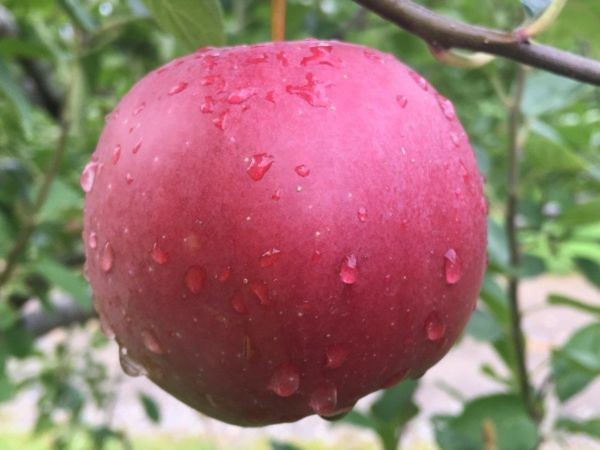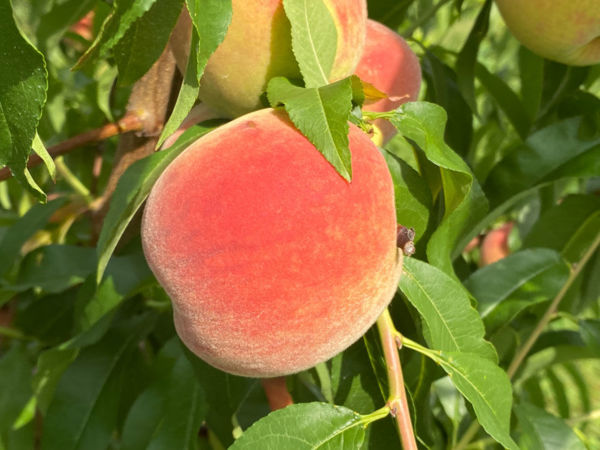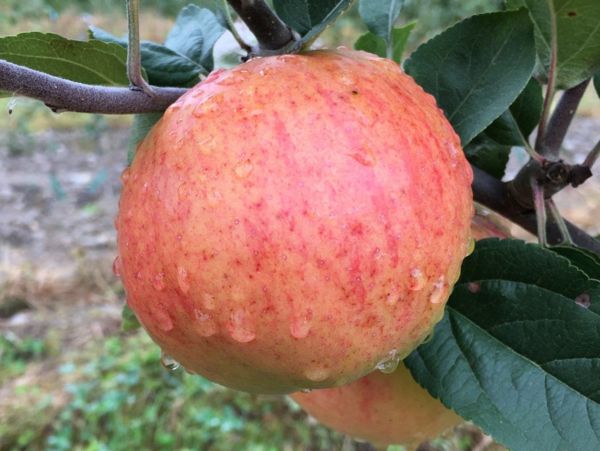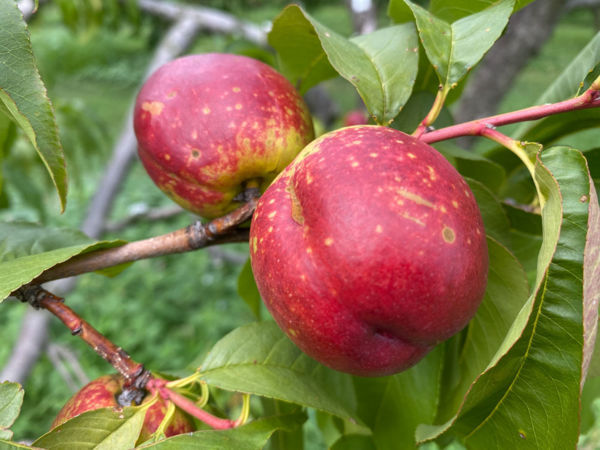An attractive, highly disease-resistant apple, ideal for organic growers.
Ashmead's Kernel Apple on B.118 (Spring 2025)
You are viewing a tree that will ship in Spring 2025. You can also find trees for Spring 2024.
An intensely flavored heirloom apple prized by connoisseurs and cider makers. Also known as Ashmead, Ashmeads.
The tree has an upright-spreading habit. It has moderate disease resistance and blooms late enough to avoid most frosts. The fruit needs to be thinned to maintain annual bearing. Ashmead's has been confirmed to be triploid; it should not be used as a pollenizer, and two diploid pollenizers are required for full pollination.
Ashmead's is an old variety that is reputed to have been first cultivated from a seedling in Gloucester, England in the early 1700's by the lawyer William Ashmead. The appearance of the fruit is interesting: it is a small to midsized apple with a russeted honey-green skin that ripens to an orange blush under the russet. At our farmstand, some customers comment that "it looks like a potato." Biting into an Ashmead's, however, reveals a dense, nutty flesh bursting with honeyed zing. The flavor is intense and complex, high in both sugar and acid, and the juice is prized by cider makers. Steve Wood of Farnum Hill Ciders describes Ashmead's as "a delicious trip to that fine line between pleasure and pain," and he finds that it adds "mad florals" and tropical notes to cider blends. While the acidity of the fresh-picked fruit might not agree with some tastes, Ashmead's mellows with age, and an October harvest is best stored for eating around Christmas, when notes of pear, spice, and orange blossom will emerge. This extraordinary and versatile apple has recently enjoyed renewed popularity among apple aficionados and is one of our best sellers.
The Fruit
Fruit Type
Category: Apple
Subcategory:
Heirloom, Cider, Disease-Resistant, Cold-Hardy, Hot-Climate
Fruit Uses & Storage
Uses: fresh eating, cider, baking, storage
Cider classification: sharp
Storage duration: three plus months (approximate, depending on storage conditions)
Fruit Appearance
Skin color: russeted
Flesh color: yellow
Fruit Origins
Parentage: unknown
Origin: Gloucester, England
Introduced in: 1700
Introduced by: William Ashmead
The Environment
Calendar & Geography
USDA zones: 4 - 8
Chill hours: 1000
Ripening date: Oct 20 (approximate, in New York State) + 35 days after McIntosh
Tree Height & Spacing
glossary
Rootstock: B.118 Rootstock
Rootstock size class: Semi-Standard (90% of Standard)
Tree spacing (natural spread of tree): 24'
Good for wildlife planting? N
Diseases & Pests
glossary
Cedar-Apple Rust: Resistant
Apple Scab: Resistant
Powdery Mildew: Resistant
Bitter Pit: Susceptible
Fireblight: Susceptible
Pollination
Pollination Factors
glossary
Bloom group: 3
Is it self-fertile? N
Is it fertile? N
Ploidy: Triploid
Rootstock size class:
Semi-Standard (90% of Standard)
Pollination Partners
This table shows the first few results from a full search for pollenizers of Ashmead's Kernel Apple on B.118. Please see our Pollenizer Search to run other queries and read how the application uses various factors. Also read more about fruit tree pollination.
See all pollination matches for Ashmead's Kernel Apple on B.118
Featured Products
A few things we're loving right now...
A full-flavored, freestone white peach.
A traditional semisharp cider apple from Spain.
A widely-grown, large, yellow-fleshed nectarine.









.JPG)
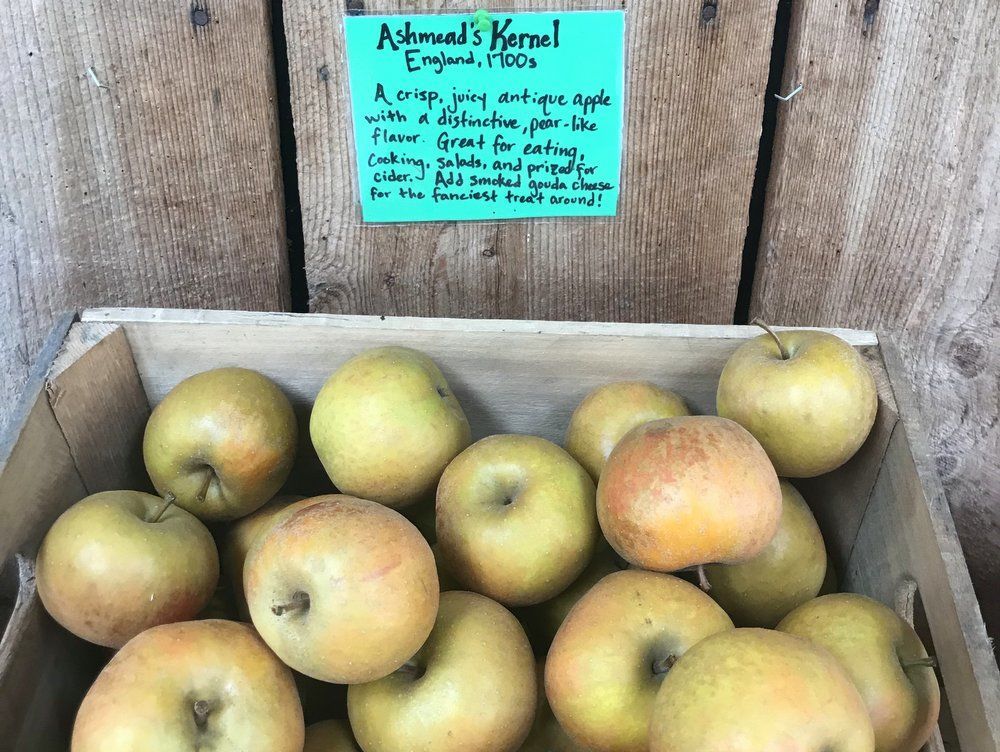
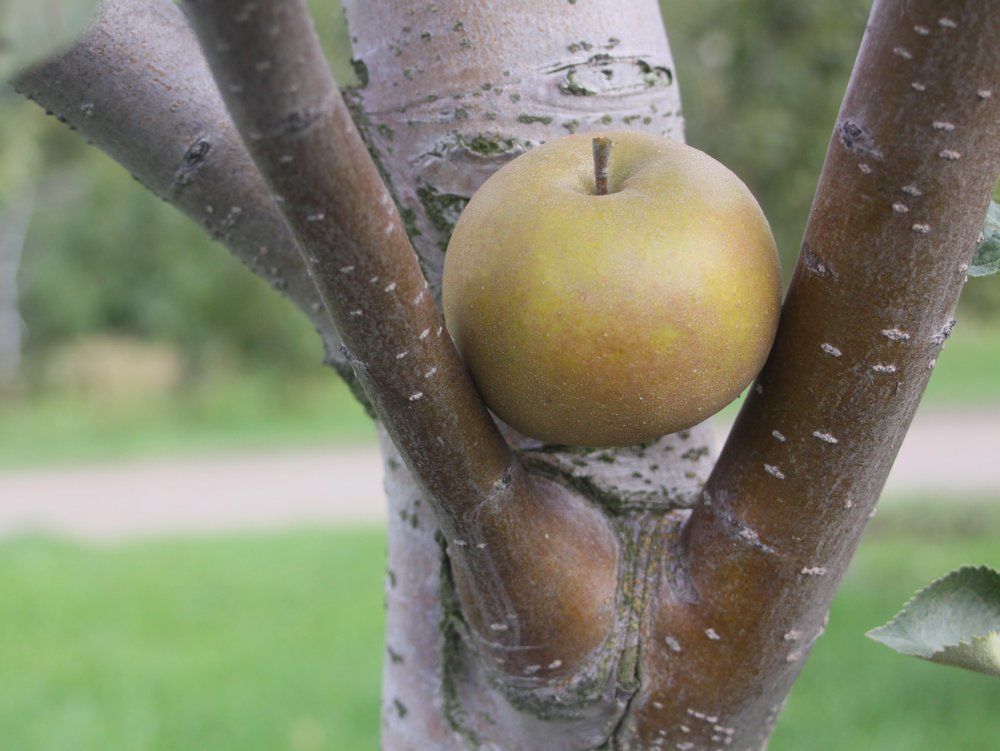

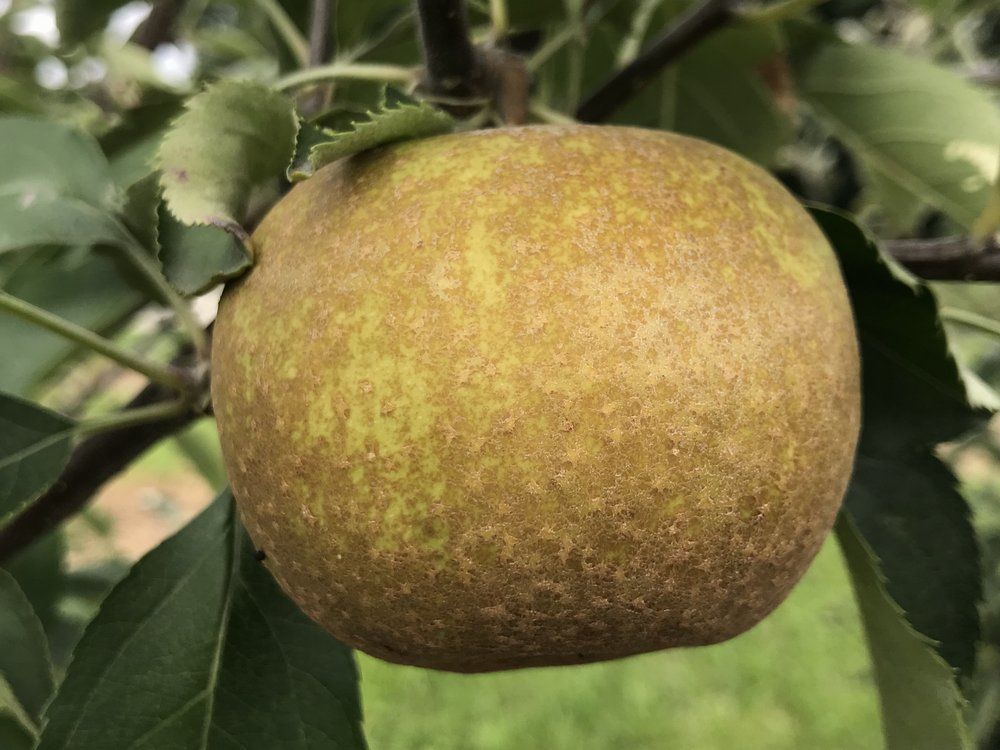



.JPG)







